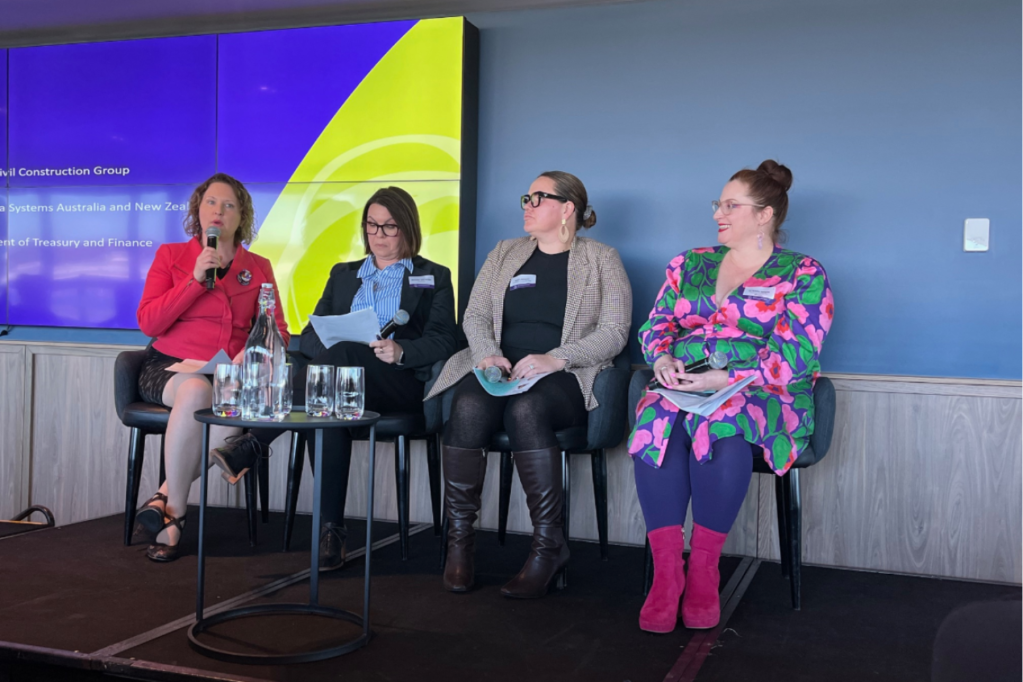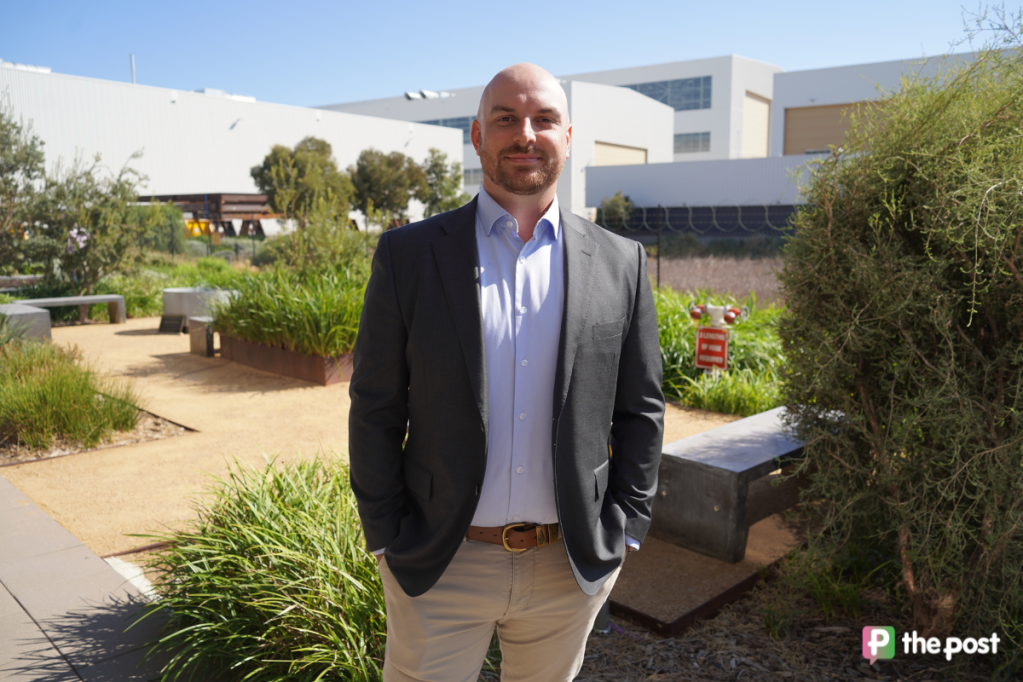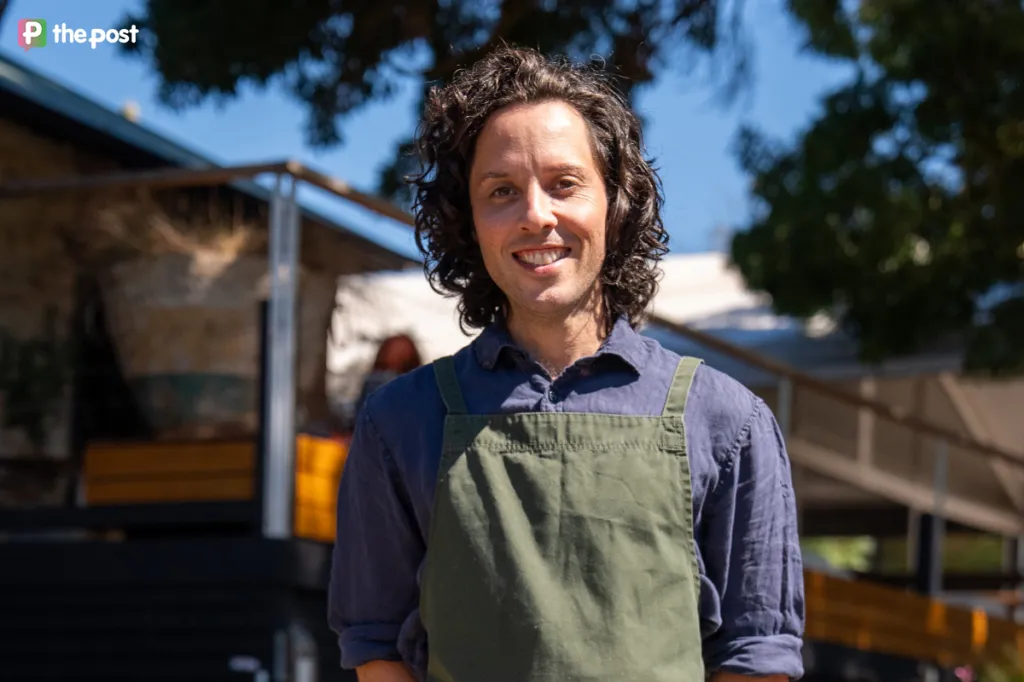‘A lot of frontiers to cross’: improving gender equality in South Australia’s workforce
Gender quotas have been introduced interstate, globally and in political parties. Is it time to introduce them in South Australia?

Data from the Workplace Gender Equality Agency show there is still a stark inequality in positions of power in industries across Australia.
The 2022 Commonwealth Public Sector Gender Scorecard indicated women make up 22 per cent of CEOs, 37 per cent of key management personnel, and 42 per cent of managers around the country.
On average, women earned 86 cents for every dollar earned by men.
It has been reported that closing the gap between men and women’s employment rates would boost Australia’s GDP by 11 per cent.
Speaking at the Office for Women’s Driving Women’s Participation in South Australian Industries Forum last week, Minister for Women Katrine Hildyard said the state still has “a lot of frontiers to cross”.
“In South Australia as at November 23, the gender pay gap sat at 9.2 per cent,” Hildyard said.
“Women’s earnings remain on average lower than men’s as gender discrimination, gender-segregated industries, or time spent out of the workforce or working lesser hours due to caring or other responsibilities continue.
You might like
“Women continue to retire with 23.1 per cent less superannuation than men and several industries remain highly gender segregated, with eight out of 19 industries reported through the Workplace Gender Equality Agency remaining highly male-dominated.”

Katrine Hildyard spoke of the gender pay gap at the forum. Photo: Isabella Kelly / InDaily
While there has been clear progress in the issue, there remains a gap in gender equality in some industries.
An often discussed option to close the gap – enforced quotas in the workplace – was brought up by Deputy Premier Susan Close at the forum.
She pointed to her own party introducing a mandatory 35 per cent preselection quota for women in winnable seats at all elections by 2002 as an example of where quotas worked.
“We didn’t have a cultural change in the Labor Party that got us 50 per cent (women), we had quotas. And that gave us the cultural change,” Close said.
“We didn’t become safer drivers and therefore decided that we wanted to wear seatbelts; seatbelts were made the law and that suddenly changed the way in which driving became safer.
“There are some interventions that we can make that can make big changes.”
Stay informed, daily
Owner and director of Platinum Civil Construction Group and KSJ Consulting Service Kiara Johnson, who was recently awarded the 40 Under 40 Social Impact Award, agreed with a need for quotas.
“We must have quotas, we must have industry participation policy, must include women in construction, must include women in defence. We must have these quotas, because if we don’t, it doesn’t happen,” Johnson said at the forum.
“I am dying to see major changes, we are desperate in this state. We are so behind in Aboriginal procurement, we’re at least 10 years behind. The eastern states have had female in construction policies for years.”
The Victorian Government introduced mandatory quotas on construction sites in 2021 with the Building Equality Policy. The policy applies to new government projects, mandating females makeup at least 3 per cent of each trade role, 7 per cent of each non-trade position, and 35 per cent of management, supervisor and specialist labour roles.

Estha Van Der Linden, left, spoke about the requirement for quotas to be reasonable. She is joined by Reneke Van Soest, Amanda Brady, and Cassie Manser. Photo: Isabella Kelly / InDaily
Estha Van Der Linden, state head of South Australia for the Australian Industry Group, said while quotas could be helpful, they need to be rational.
“I don’t have issue with quotas at all, but we need to look at the pool of people, and quotas need to be reasonable,” Van Der Linden said.
“If you’ve got a quota to say we want 100 female engineers but the universities are only putting out 20 graduates, you’re setting up industries to fail.
“There need to be partnerships across industry, across universities, across education systems to say, what are the quotas? Are they realistic? And how can we grow them over time as well?
“There’s a ready pool of amazing people but for some of the more technical things, we need to look at how we’re building the pool to make sure that we can meet those quotas as well.
“It’s no good just setting the quotas, we’re setting up the industry to fail.”









